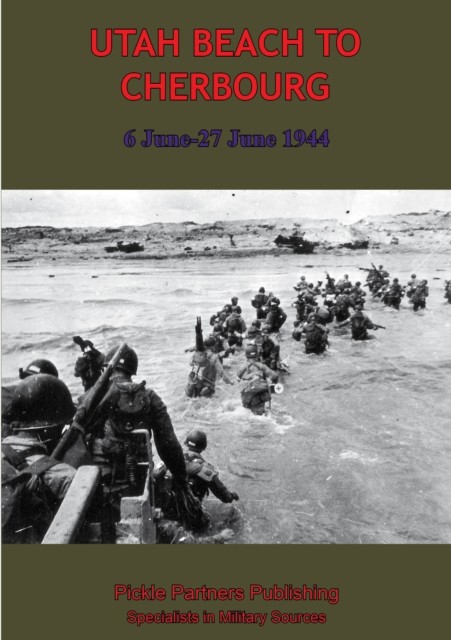We use cookies to improve the Bookmate website experience and our recommendations.
To learn more, please read our Cookie Policy.
To learn more, please read our Cookie Policy.
Accept All Cookies
Cookie Settings
Something went wrong. Try again.

Read in our apps:
iOS
·Android
ANON
UTAH BEACH TO CHERBOURG – 6–27 JUNE 1944
Notify me when the book’s added
Impression
Add to shelf
Already read
Report an error in the book
Share
Facebook
Twitter
Copy link
To read this book, upload an EPUB or FB2 file to Bookmate. How do I upload a book?
Illustrated with over 40 photos and 15 maps of the engagement.The momentous events of the 6th of June 1944, D-Day, still resonate around the world, almost 200,000 Allied Soldiers were thrown against the Nazi dominated coast of France in a bid to free Western Europe from the Fascist grip that had held it since 1939. Although massive air and naval bombardments proceeded the landings the mission would succeed or fail based on the ground troops being able to force their way in land and allow a secure bridgehead to be formed out of enemy artillery range. However, the buildup of supplies and troops for the millions strong armies necessary to liberate Europe could not be brought through the improvised Mulberry harbour on the unprotected beaches of Normandy, a port must be taken. The troops on the far left of the line attacking the beach code-named "e;Utah"e; would be tasked not only with the initial assault of the coastline but to eventually capture Cherbourg and the Cotentin Peninsula. The fighting on D-Day on the beach was tough but successful, very since the early morning the paratroops fought in many groups some numbering a few men up to battalion size to secure the vital targets inland.The Germans were aware of the importance of the landing only gradually, but launched fierce counterattacks against the Americans coming across the flooded land inland from the beaches. The port of Cherbourg and town were heavily defended and had many difficult fortifications to be overcome, but the Americans were equal to the task and eventually captured it ensuring the supply lines for the armies that would engage and fight Hitler's legions across France, Belgium, Holland and into Germany.An excellent study of the second American Beach landing and along with its companion volume, OMAHA BEACHHEAD, provide an unparalleled record of the fighting of the American forces on D-Day and in the Bocage fighting in Normandy.
more
This book is currently unavailable
445 printed pages
- Publication year
- 2014
Have you already read it? How did you like it?
👍👎
fb2epub
Drag & drop your files
(not more than 5 at once)

